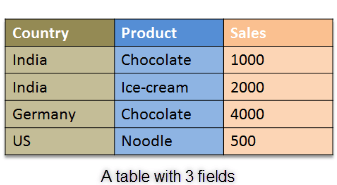ECC to S/4HANA Data Migration – 100% Accuracy

In this blog, we’ll explore if 100% data migration quality is possible when moving from ECC to SAP S/4HANA?

From the above picture, we can see a great reduction in the number of tables being used in S/4HANA compared to ECC. In ECC, to support master and transaction tables, status and index tables are used to maintain load balancing, faster fetching of data, etc.
In S4, these status and index tables are entirely removed, and many master and transaction tables are combined to few. They use in-memory columnar architecture, where the fetching of data is very fast and the calculations are done on the fly, making the need for status and index tables to a nil.
So, migration of data happens only for the master and the transaction data, thus 100% quality in data migration quality is a sure possibility.
Now coming to the removal of the status and the index tables. These will affect a lot of custom programs present. Adjusting all custom programs with a new set of tables will take years to migrate. SAP approached this by providing a lot of CDS views as a replacement to the old ECC tables reducing the migration period drastically.
Explaining in-memory columnar architecture:
In-memory means RAM storage. In ECC, files are stored on the hard drive of the server. In S4, RAM is used instead. Therefore improving the performance.
Columnar means column-based data storage.
Let us go by the below example to understand.
We have a table with 4 records.

ECC uses row based storage, meaning each row is stored as a file. If we have 10 records, we’ll have 10 files.

S4 uses column-based data storage. Meaning

All data of a table field(column) are stored in a file. So, 3 fields, 3 files. And data are retrieved using indexes; array concept.
What are we going to achieve with this?
A scenario for the above example; to calculate total in sales, ECC would need to read 4 files whereas S4 would just need a single file. Consider such case with a huge data set, we can imagine the amount of time both the systems would take. The difference would be huge.
Another scenario, reading a whole table with a huge data set, here again, the time that both the system takes will be entirely different. S4 will be requiring to read ‘column-count’ number of files whereas ECC will need to read the ‘record count’ number of files. In reality, a table will not have more than 500 fields of data but will have lakhs and lakhs of data records.
So, starting from the architectural perspective both ECC and S/4HANA are very different. In ECC, a record is stored as a file in the hard drive whereas, in S4, an entire field data is stored as a file in the RAM.
Do get in touch with us at info@kaartech.com if you wish to learn more on SAP S/4HANA.
